VOLCANOES NATIONAL PARK
- Home
- VOLCANOES NATIONAL PARK
VOLCANOES NATIONAL PARK
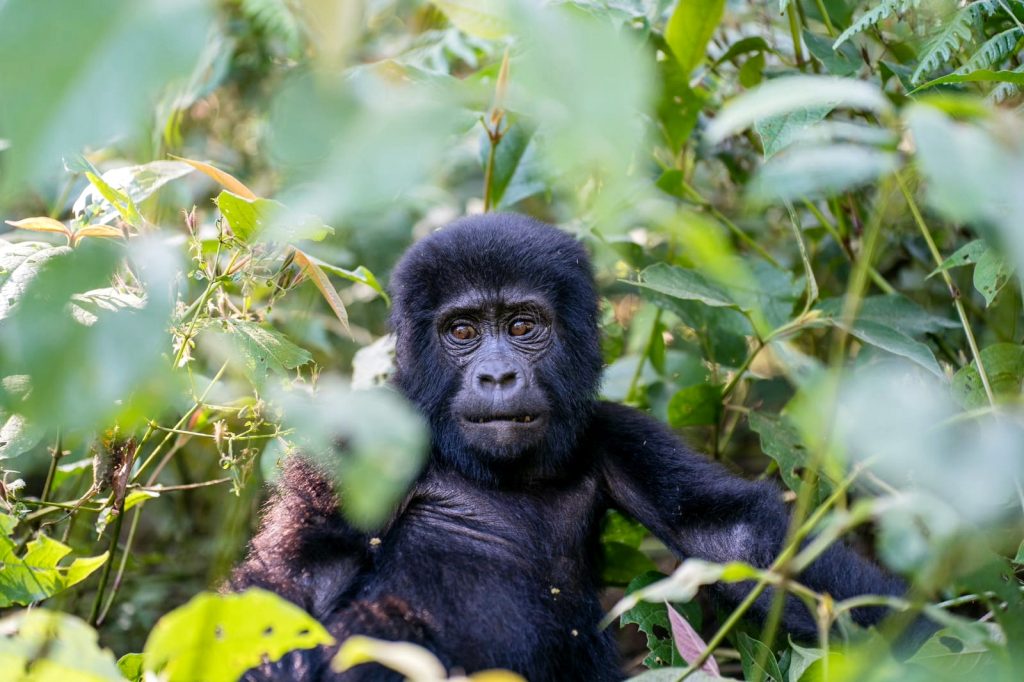
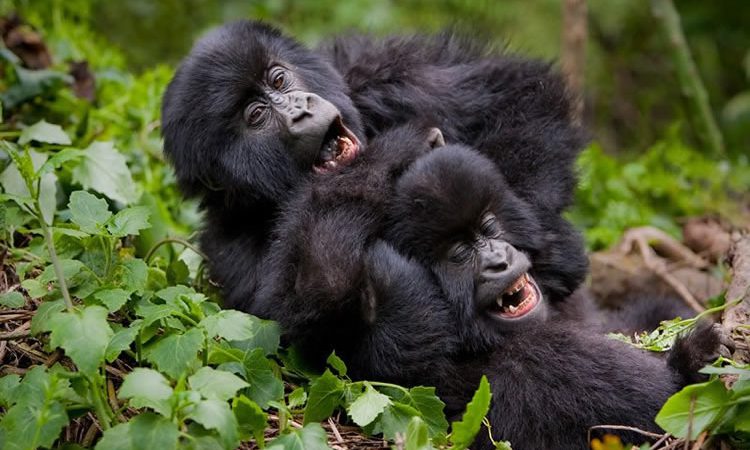
In the far Northwestern region of Rwanda lies the Volcanoes National Park also known as Parc National de Volcans in French. Covering over 160 Km 2 of rainforest cover, it consists of five volcanoes which are Karisimbi(4,507m), Bisoke(3,711m), Muhabura(4,127m), Gahinga(3,474m) and Sabyinyo(3,634m) but these are only part of the initial eight that make up the Virunga Mountains bordered by Mgahinga Gorilla National Park in Uganda and Virunga National Park in the Democratic Republic Congo. It is majorly known as a hub for gorillas and the same applies to the neighboring national parks and all together they are known as the Virunga conservation region with a major purpose of protecting and conserving mountain gorillas.
The park’s success is majorly accredited to Dian Fossey who carried out research at Karisoke Research Center based in the Volcanoes national park during 1967. She dedicated over 18 years to study gorillas within the area and a film “Gorillas in the Mist” was shot at volcanoes and as a result international recognition was attained. Therefore the ability to carry out gorilla tourism which in turn conserves the gorillas and this was her major aim for the study.
Due to the existence of high altitudes and low altitude areas within the park, there exists four types of vegetation and these include; Afro Alpine in areas above 4000m, sub-alpine vegetation found above 3300m, Hypericum lies within those below 3300m and Bamboo cover found along the slopes. Though the park is known for inhabiting gorillas, there are other species found in the park such as the beautiful golden monkeys, chimpanzees these can be found at high altitudes, however those within low laying areas include buffalos, elephants, leopards, hyenas, forest hogs and duikers. A variety of birds’ species have been sighted and hence attracting bird watching lovers which has of recent been popular among tourists alongside gorilla trekking.
ACTIVITIES AND ATTRACTIONS WITHIN VOLCANOES NATIONAL PARK
1. Gorilla Trekking
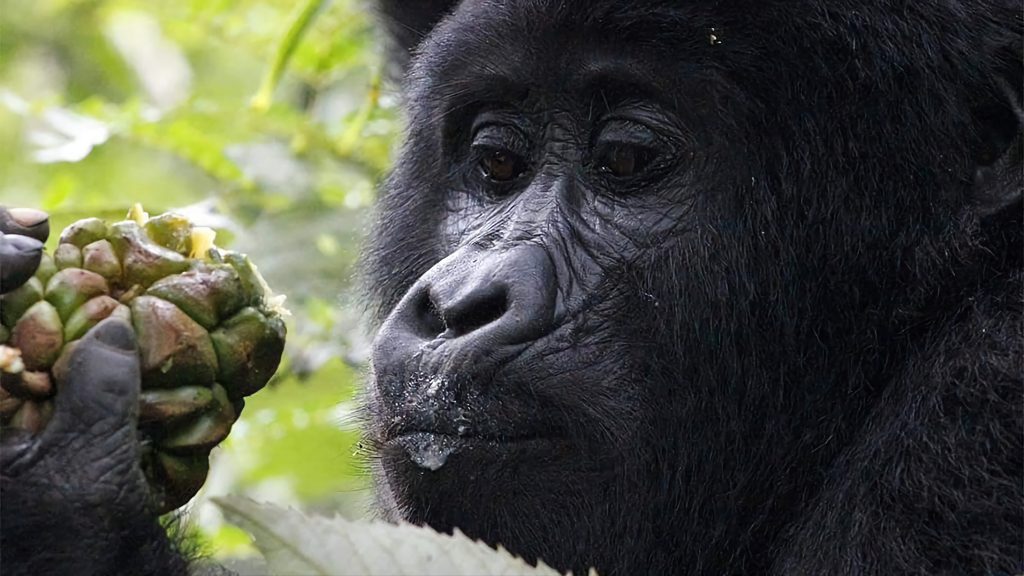
This is the most common and main attraction within the park. Having about 10 habituated Gorilla groups/families there is a high probability of sighting gorillas as you are passing through to sight other attractions. Gorilla permits have to be acquired for one to carry out gorilla trekking and these are got at $1500 from the Rwanda Development Board and easily got from tour operators. You are only allowed to meet one gorilla family in a period of 24 hours. You’ll need to have the right hiking attire such as boots, jackets and a hat if you love them, insect repellants not forgetting water and food. Sighting mountain gorillas is fun as you don’t get to meet them everywhere in the world and even better while they are in their natural habitat. Did you know that every family has only one silverback and lots of females, once a male offspring feels like becoming dominant he steals some of the females within the group and forms his own kind of family.
Gorilla Families In Volcanoes National Park
The gorilla families were named depending on different situations such as;
Bwenge Gorilla Group:
This group was formed by a silverback named Bwenge after he broke off with some females from his initial group and formed the current Bwenge Group. You’ll find them along the slopes between Karisimbi and Bisoke mountains.
Ugenda Group:
This group had a habit of roaming around Karisimbi area hence its name.
Sabyinyo Group:
Living near park headquarters, it’s the closest group to meet in case you don’t want to hike the higher altitudes headed by a silverback called Guhonda named after one of the volcanoes – Mt Sabyinyo.
Hirwa Group:
This group consists of members who parted from different families such as Sabyinyo, Susa, Group 13; led by Munyinya who left Susa with 2 females and got other members along the way.
Group 13:
This group only had 13 members during habituation hence its name, its also known as Agashya group. However currently the number has increased to 25 and its led by a silverback named Agashya hence the other name.
Amahoro Group:
The name means “peace” and this group were named so because of the calm silverback. It resides uphill therefore you’ll have to encounter steep trials to meet it but every step is worth it.
Kwitonda Group:
Translated as “humble one” the group came from Democratic republic of Congo and settled in Rwanda making it its home. Found in the upper part of Mt. Muhabura makes this group hard to trek.
Umubano Group:
This is led by Charles who departed from Amahoro with some females and now live together. Umubano means “living together.”
Susa(A) Group:
The largest group in the park consists of 41 gorillas and it’s the group studied by Dian Fossey. Located in the high mountains makes it hard to trek but it has rare twins named Byishimo and Impano hence the trek is always worth it.
Karisimbi/Susa (B) Group:
Initially part of Susa (A), this group split from them to form the current one. Residing on the upper parts of Mt. Karisimbi, hiking is very hard so only experienced hikers can sight these gorillas.
Titus Group:
This group was named after Titus, a silverback born during the times of Dian Fossey was conductiong her research at Karisoke.
2. Visiting Dian Fossey’s Tomb
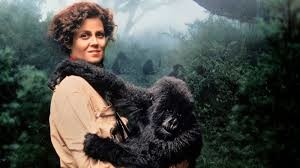
Dian Fossey was a great primatologist who dedicated most of her life to study about gorillas and conserve them. She introduced new ways of how to make Gorillas comfortable around humans, that is why you are able to trek them peacefully. Therefore you can pay tribute to her by visiting grave found at former Karisoke Research Center. While on your way you get to trek and experience what she went through.
3. Hiking Mt. Bisoke And Karisimbi
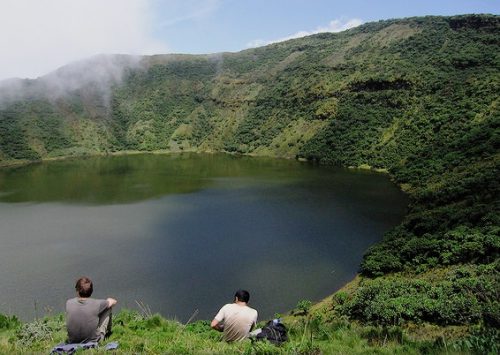
These are both extinct and dormant volcanoes that make part of the Virunga Mountains. The hike involves navigating through thick vegetation before reaching the summit. While at the top of these mountains, you get to view breath taking scenary such as snowcapped Mt. Rwenzori and Mt. Nyiragongo while at Mt. Karisimbi and a crater lake at Mt. Bisoke. Mt. Bisoke is easier to trek as compared to Mt. Karisimbi. While hiking you might need to hire porters who give a helping hand along the way.
4. Hiking Mt. Muhambura
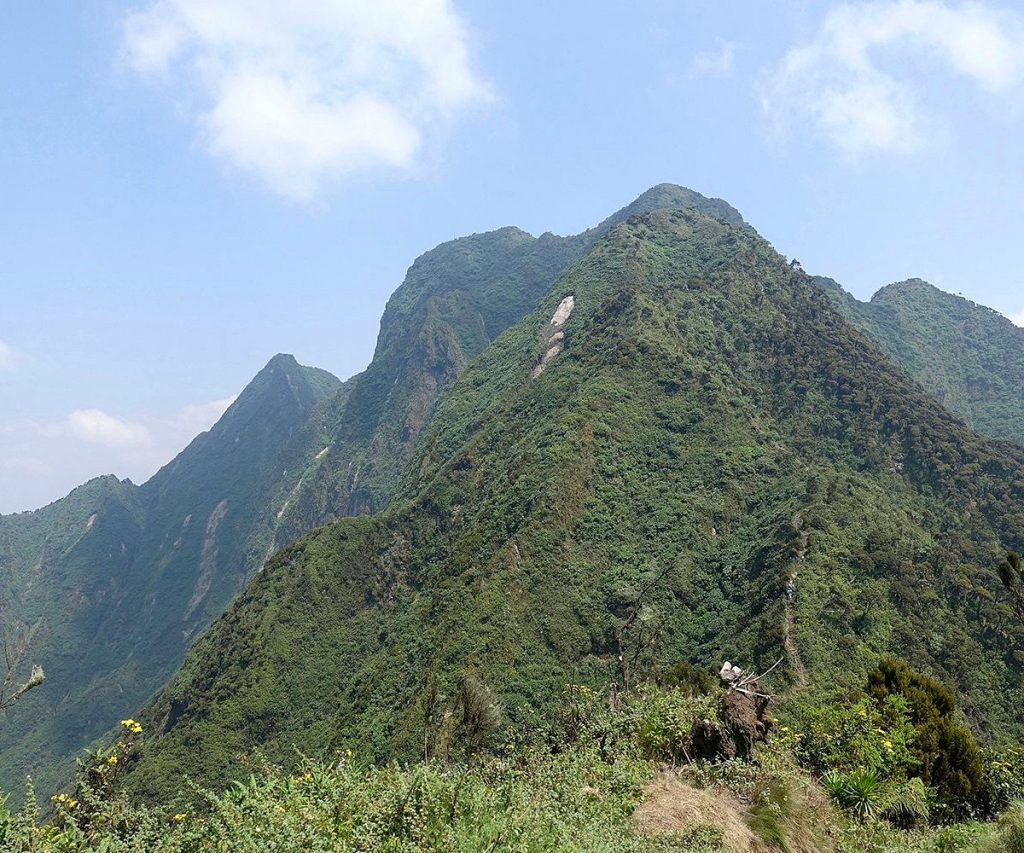
Standing at a height of 4127m, it is the third highest within the Virunga ranges and also gives an adventurous experience in that by the time you reach the top you’d have passed through beautiful vegetation which makes you appreciate Mother Nature.
5. Tracking Golden Monkeys and Bird watching
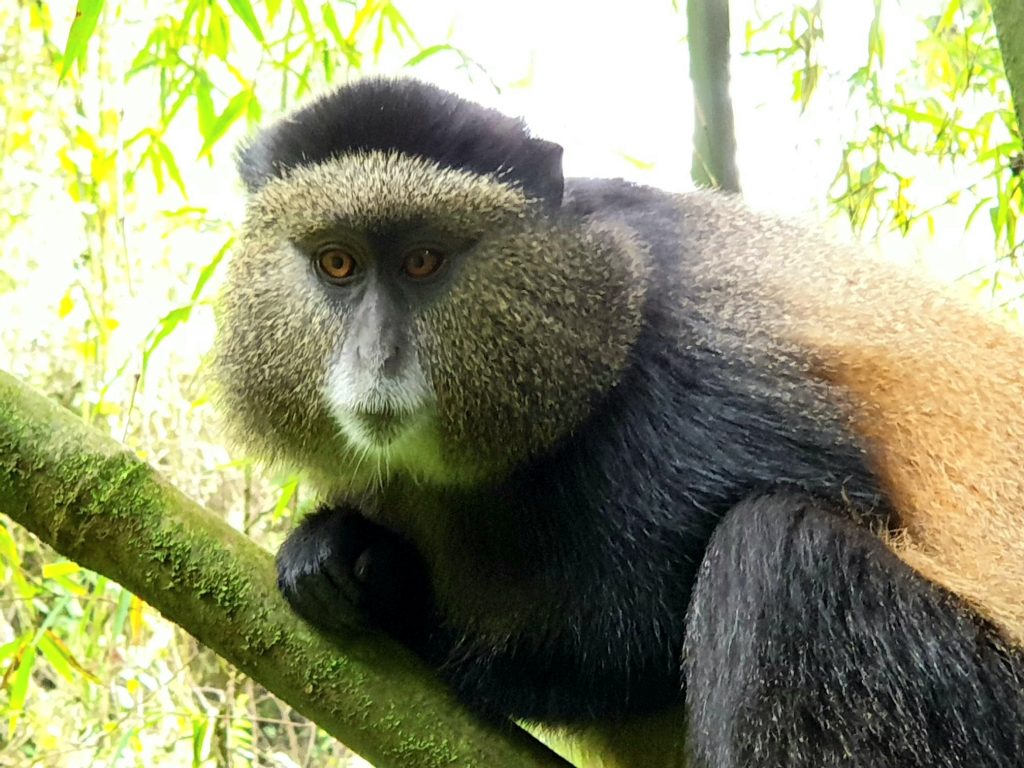
These two activities have gained popularity over the past years with trekking monkeys coming second to gorillas. Trekking monkeys is easier compared to gorillas because they don’t go to higher altitudes. With a variety of bird species available, you are able to watch birds as you trek or hike.
6. Visiting Twin lakes

Lake Ruhondo and Burera are twin lakes which you can visit while at the park, visiting them is so relaxing compared to hiking, you get to enjoy a boat cruise and visit locals while cruising through the deep waters.
The Best Time To Visit The Park
All activities can be done through the year though some are better and easier to carry out during the dry spells. So depending on what activity you are interested in you could always check the season and see whether it’s perfect for you. Gorilla and Monkey trekking might be limited due to trails that get difficult to navigate through during wet seasons, when the rains are frequent the trails get muddy and slippery unlike dry seasons when they are dry.
